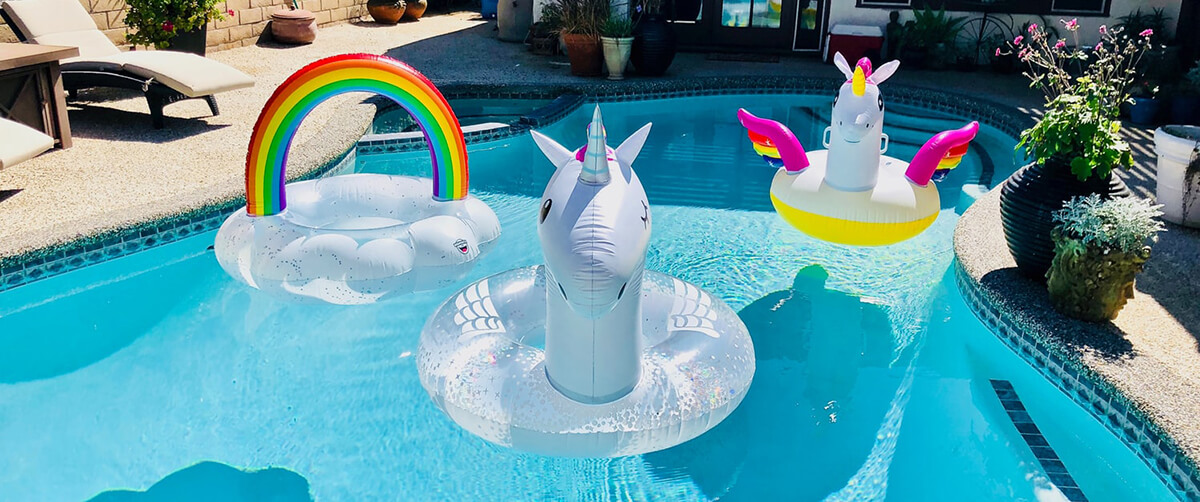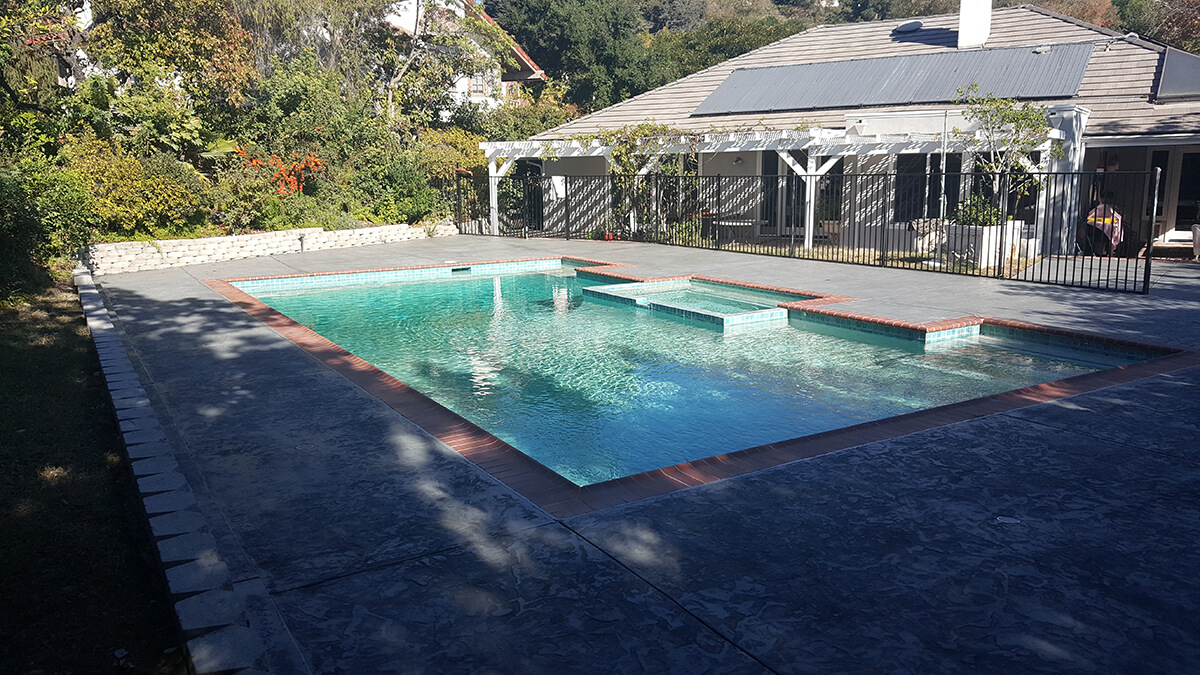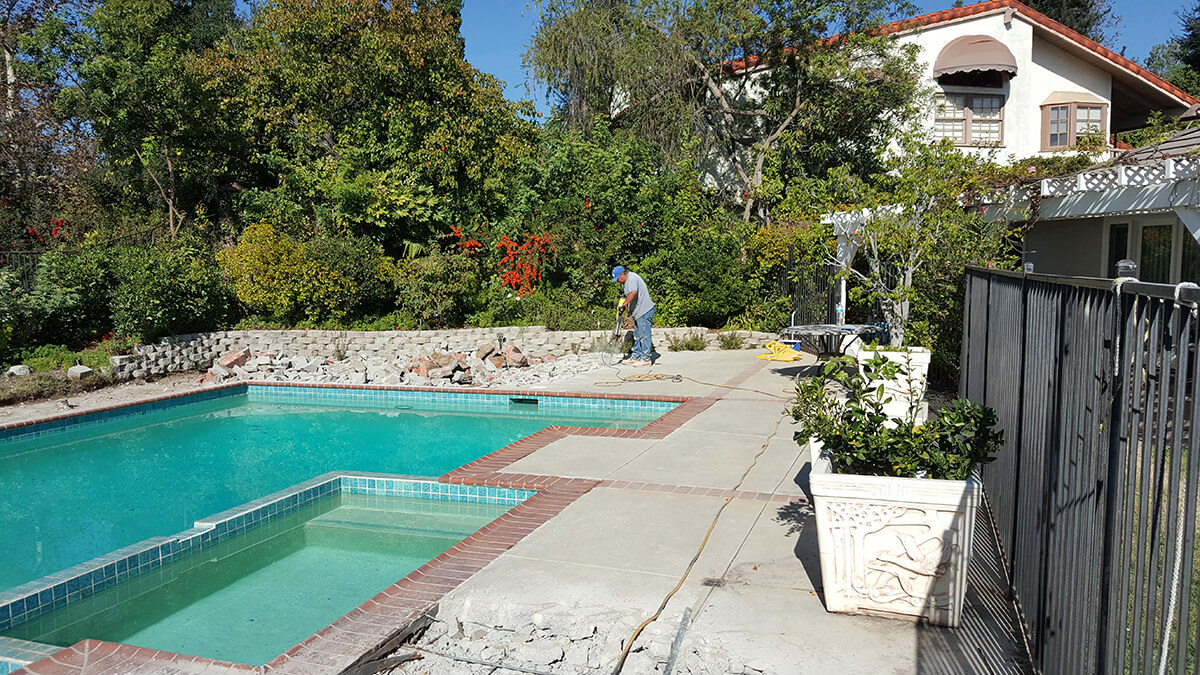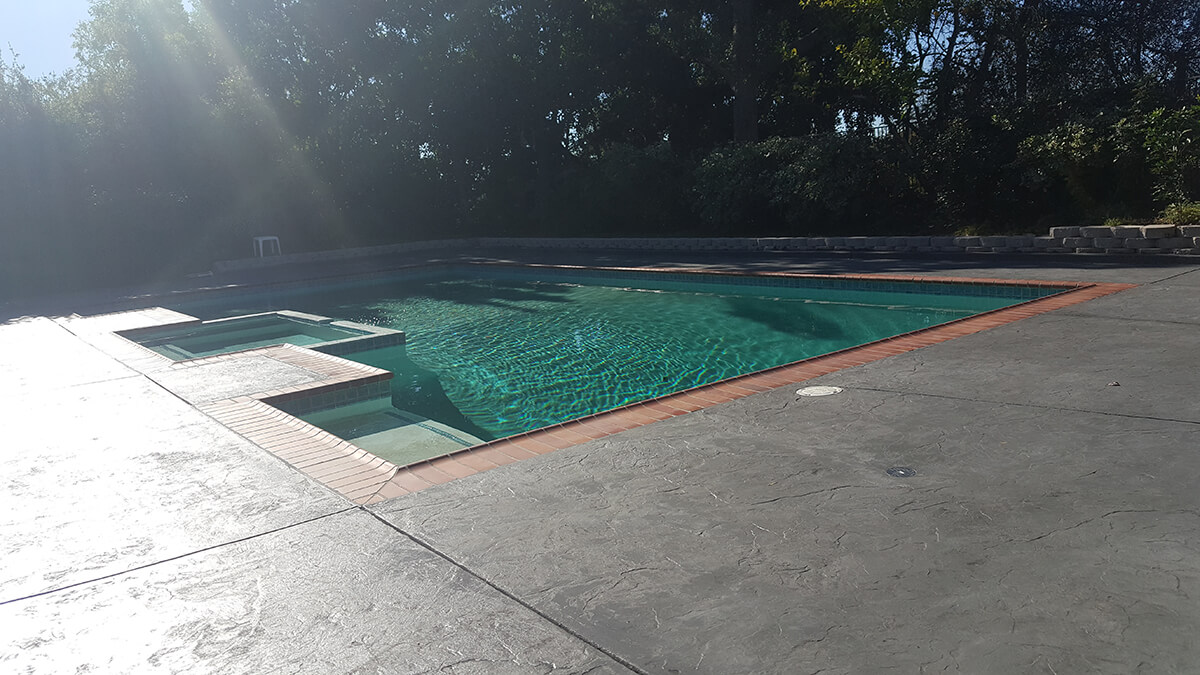Are you one of those people who dream of having a swimming pool in their home backyard? And now, you have finally decided to turn that dream into reality? Congratulations! But do you know what building a pool takes? We have to warn you – it is much more than just taking a shovel and digging a hole in the backyard of your home. Let’s take a closer look.

If you are looking to get a basic, rectangular inground pool with a side spa area, you should know that the process can last from 8 to 12 weeks. So, start planning in advance if you want to have it by the beginning of this summer. If you are wondering why it takes so much time, it is because there are more than a few steps that need to be taken to build a swimming pool. And the more elaborate an idea you have, the longer it will take for designers and constructors to turn it into reality. But eventually, it will all be worth it.

Swimming pools are everyone’s favorite backyard accessories, but building them is not so straightforward as it may seem. You may have to make a list of all the things you need to do, so you don’t skip a thing. Let’s see what the necessary steps are.
It all starts with the initial idea and some brainstorming. There are so many new designs and shapes, and you can get pretty much anything you want. But first, you have to find a designer who will help you find the right solution for you. The process shouldn’t last more than a month.
In the vast majority of cities, you need to get a residential building permit and electrical permit before you start working on your inground pool. Depending on how efficient the bureaucracy is, the process can last from one to several weeks. Also, don’t forget neighbors’ and homeowners’ guidelines if there are any in your neighborhood.
Now for the fun part. Usually, a day or two is enough to dig swimming pools, but often there are some unexpected complications or safety concerns, so leave a week for that step alone because you never know.
If you’re on a budget, you can opt for above ground pools that are much easier (and cheaper) to install. They are not so durable compared to inground models, but if you invest in high-quality design and maintain the structure properly, it can last for years.
You have to grade the surface, and then place steel supporters to frame the walls. Next, install all the plumbing fixtures like filtration systems, drain, skimmers, the main pump, water heater pump, etc. Don’t hire your regular plumber; make sure to find an expert because safety should be your number one criterion.
You also have to hire an electrical contractor who will take care that all electrical installations are properly wired and connected so that everything runs smoothly. Bad wiring and water are not quite a match made in heaven, so you shouldn’t let someone who’s not professional and doesn’t use the right equipment handle all the electrical work.
There are three types of swimming pools: concrete, fiberglass, and vinyl. Pools made of fiberglass or vinyl are much faster to install and cost less, while the ones with sprayed concrete require much more time because the material needs a few days to cure.
Still, concrete foundations are much more solid and require less maintenance. Since the material is so strong and durable, it is ideal for building swimming pools. On the other hand, fiberglass offers the best balance in terms of affordability and durability. Vinyl ones are the least expensive, but they deteriorate much faster than the other two materials. Make sure to consult your concrete contractors to get all the details.
Once the inground construction is complete, it is time to add some water. You can use a hose that’s connected to your water supply, but keep in mind that that can last the whole day. You can also rent a truck that uses multiple hoses if you wanna have your pool ready as soon as possible. Also, now is the perfect timing to spot any leaks, plumbing malfunctions, etc.
After all the hard work is done, it is now the time to give a gentle touch to your backyard. You can arrange the area around so that it all goes well with one another. Add new features such as artificial grass, do a bit of landscaping, remodel your patio, etc. Most homeowners who have pools and waterfalls also have to invest a lot in chemicals that will maintain the ideal pH values of the water.

The burning question. The final cost depends a lot on your design preferences and how complex the process was, but it also depends on the material used for the construction. For example, the most affordable option is the one with vinyl. On average, it will cost between $25,000 and $50,000. On the other hand, concrete, as the most expensive alternative, can cost anywhere from $80,000. Fiberglass is somewhere in between.

Saying that you’ll build your pool for the next summer can sound like when people say they’ll start going to the gym next Monday. But if you’re truly determined and willing to invest your money and effort into this project, we hope our tips were helpful, and that you’ll take the first dip in your home backyard soon. If you have children, don’t forget that safety comes first, so consider adding a fence or making a shallow end where they can play.